Related compounds Molar mass 87.077 g/mol Appearance Solid | Formula C3H5NO2 Boiling point 220 °C | |
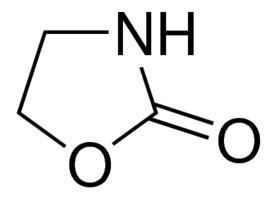 | ||
2-Oxazolidone is a heterocyclic organic compound containing both nitrogen and oxygen in a 5-membered ring.
Contents
Evans auxiliaries
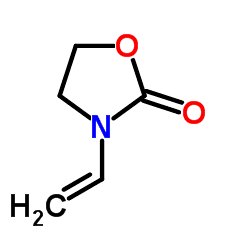
Oxazolidinones are a class of compounds containing 2-oxazolidone in the structure. In chemistry, they are useful as Evans auxiliaries, which are used for chiral synthesis. Usually, the acid chloride substrate reacts with the oxazolidinone to form an imide. Substituents at the 4 and 5 position of the oxazolidinone direct any aldol reaction to the alpha position of the carbonyl of the substrate.
Pharmaceuticals
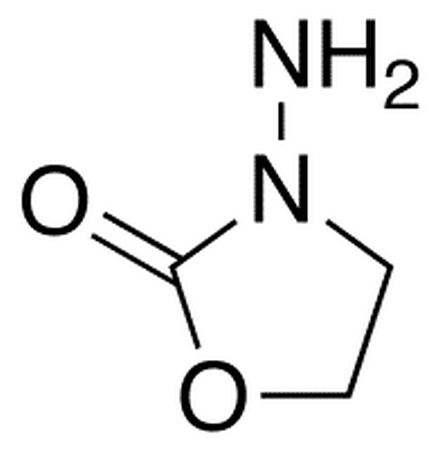
Oxazolidinones are mainly used as antimicrobials. The antibacterial effect of oxazolidinones is by working as protein synthesis inhibitors, targeting an early step involving the binding of N-formylmethionyl-tRNA to the ribosome. (See Linezolid#Mechanism_of_action)
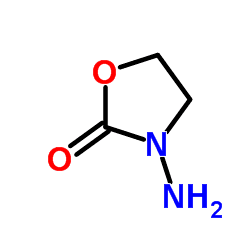
Some of the most important oxazolidinones are the last generation of antibiotics used against gram-positive pathogens, including superbugs such as methicillin-resistant Staphylococcus aureus. These antibiotics are considered as a choice of last resort where every other antibiotic therapy has failed.
Examples of antibiotic oxazolidinones include:
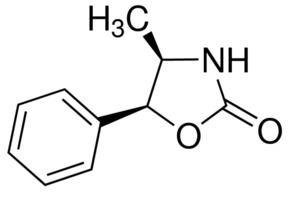
An oxazolidinone derivative used for other purposes is rivaroxaban, which is approved by the FDA for venous thromboembolism prophylaxis.
History
The first ever used oxazolidinone was cycloserine (4-amino-1,2-oxazolidin-3-one), a second line drug against tuberculosis since 1956.
Developed during the nineties when several bacterial strains were becoming resistant against such antibiotics as vancomycin. Linezolid (Zyvox) is the first approved agent in the class (FDA approval April 2000).
The first commercially available 1,3-oxazolidinone antibiotic was linezolid, discovered and developed by Pharmacia & Upjohn.
In 2002 AstraZeneca introduced posizolid (AZD2563).
